It takes more than 4 hours to go 50 km.
The goal of the megacity Ho Chi Minh City is to achieve double-digit growth to quickly catch up with major cities in the region. However, slow development of transport infrastructure and low connectivity are considered major barriers for the city.
Ring Road 3 connecting Dong Nai - Ho Chi Minh City - Tay Ninh is still not completed, Ring Road 4 has just been approved for investment and is expected to be completed by 2030. Meanwhile, the Ho Chi Minh City - Long Thanh - Dau Giay Expressway or the Ho Chi Minh City - Trung Luong - My Thuan Expressway connecting Ho Chi Minh City with the southern provinces are both congested and overloaded.

Traffic infrastructure in Ho Chi Minh City is poorly connected and often congested. (Photo: Luong Y)
Mr. Nguyen Van Hieu, representative of Minh Quan Plastic Company, said that every time the company transports goods from Ho Chi Minh City to Dong Nai, Lam Dong or the southwestern provinces, it spends a lot of money on logistics costs. Goods have to stay on the road for too long due to traffic jams, which increases fuel costs and labor costs. The company's business efficiency is reduced due to logistics costs.
“The highway system from Ho Chi Minh City to neighboring provinces is constantly congested and overloaded, especially on weekends and holidays. Trucks carrying goods of enterprises stuck on the road also means ‘burning money’,” Mr. Hieu said.
According to Mr. Hieu, once he transported goods from Phu My ward to Binh Duong ward, Ho Chi Minh City, it took him more than 4 hours, while the distance between the two points was only more than 50 km. The development of transport infrastructure is not commensurate with the needs of people and businesses.
A representative of PV Gas Company shared that this company continuously transports gas to Ho Chi Minh City. However, the transportation is very costly due to poor traffic infrastructure.

Businesses and drivers complain about frequent traffic jams at the Eastern gateway. (Illustration: Luong Y)
According to the representative of PV Gas, the State management agency needs to solve the problem of traffic congestion so that businesses can feel secure in doing business. Foreign businesses are also very concerned about the issue of traffic infrastructure before deciding to invest in the city.
Representatives of many businesses in Ho Chi Minh City said that when looking at developed cities in the region such as Bangkok (Thailand), Kuala Lumpur (Malaysia), Ho Chi Minh City has weaker traffic connections. Traveling from the suburbs to the center of Bangkok or Kuala Lumpur is very easy, taking only about 1 hour for a distance of 50-60km. The connecting routes are very spacious, have many lanes and move at high speed.
Many solutions are being implemented
Mr. Truong Minh Huy Vu, Director of the Ho Chi Minh City Institute for Development Studies, said that logistics infrastructure is the city's biggest bottleneck. For example, the Long Thanh - Cai Mep route is losing connection, goods from Binh Duong (old) to Ba Ria - Vung Tau (old) have to take a detour, causing logistics costs to skyrocket.
According to Mr. Vu, if we want industry to develop, we need to develop transport infrastructure and seamless logistics. The Ho Chi Minh City Institute for Development Studies also proposed investing in a dedicated railway line for industry, connecting key production areas to seaports, reducing pressure on roads.
The representative of the Ho Chi Minh City Department of Industry and Trade also acknowledged that the industry and construction sector is contributing about 30% of the city's GRDP. However, the industry is facing many challenges, including high logistics costs, accounting for 16-20% of product costs. Therefore, the rapid implementation of important transport infrastructure projects is the top urgent task that needs to be done.

Ring Road 3 is still under construction. (Photo: Luong Y)
The latest statistics from the Ho Chi Minh City Department of Construction show that the city is managing more than 9.6 million vehicles, including more than 1 million cars and nearly 8.6 million motorbikes.
Compared to the same period in 2024, the number of cars increased by 9% and motorbikes increased by 2%. This shows that personal vehicles continue to put pressure on traffic infrastructure. Not to mention the number of personal vehicles in Binh Duong and Ba Ria - Vung Tau that have now been imported into Ho Chi Minh City. Currently, Ho Chi Minh City is suffering from the emissions of about 12 - 13 million personal vehicles every day. The high vehicle density compared to the urban scale causes Ho Chi Minh City to often suffer from serious traffic jams.
Urban traffic expert Tran Ngoc Long said that Ho Chi Minh City currently has more than 4,800 roads, but more than 50% of them are small, narrow roads, not strong enough to handle high traffic volume. The current road density is only about 2.5km/km2, much lower than the standard of 10-13km/km2. The ratio of land for traffic to total construction land area is also only less than 15%.
The city’s current transportation network is developing quite slowly. Meanwhile, public transportation such as buses and metro trains are still not enough to meet the needs of the people.
According to Mr. Long, studies show that each year Ho Chi Minh City loses about 6 billion USD due to traffic congestion. The lack of infrastructure and means of transport makes people still depend on personal vehicles, creating great pressure on the existing road system.
Mr. Long hopes that by 2035, Ho Chi Minh City is expected to have 7-12 more Metro lines with about 350-510 km of urban railway, which will improve the city's traffic situation. In addition, the city and related agencies also need to speed up the progress of Ring Road 2, 3, 4 projects to increase regional connectivity, reduce congestion, and create momentum for economic development.
Dr. Ngo Viet Nam Son, an urban planning expert, shared that after the merger, Ho Chi Minh City will have many new advantages in economic growth. However, the challenge for Ho Chi Minh City is to create a strong enough infrastructure system to connect the provinces and cities together. Currently, infrastructure connections are still weak. Typically, the construction of the beltway system and radial roads is still slow and struggling.
"Within 5-10 years, the city needs to complete the Belt Road system 1, 2, 3, 4 and radial roads. This infrastructure system will help provinces and cities connect closely with each other. Without transportation connectivity, economic development cooperation is impossible," said Dr. Ngo Viet Nam Son.
According to Mr. Son, key infrastructure systems such as Cai Mep – Thi Vai – Can Gio seaport or Long Thanh airport… need “centipede” traffic routes to connect all provinces and cities. In addition, building infrastructure connecting provinces and cities will cost a lot of budget, so there needs to be a policy to attract socialized investment resources, domestic and foreign private resources. Meanwhile, the city still has to stick to the goal of sustainable development and environmental protection.
Recently, to promote the progress of key projects, the Ho Chi Minh City People's Committee has established a special task force to remove obstacles for major traffic projects, focusing on compensation and site clearance - a "bottleneck" that has been a problem for many years.
The Ho Chi Minh City Department of Construction has also coordinated with other departments to speed up the appraisal, licensing and timely planning updates to avoid project disruptions. The city has also proactively allocated budget funds as “seed capital”, combined with the public-private partnership (PPP) mechanism to attract investors to large-scale transport projects.
In addition, the implementation of "dynamic planning" (planning that can be flexibly adjusted according to the reality of socio-economic development, infrastructure and land use needs) is also promoted to facilitate inter-regional projects.
Since 2023, transport infrastructure projects connecting Ho Chi Minh City and the southern provinces have begun to take shape after many years of waiting. Notably, Ho Chi Minh City Ring Road 3, a national key project of more than 76 km long, passing through Ho Chi Minh City, Dong Nai, and Tay Ninh, is still under construction and is expected to be technically open to traffic by the end of 2025.

Technical opening of Ben Luc - Long Thanh expressway. (Illustration photo: Luong Y)
The 50km Ho Chi Minh City – Moc Bai Expressway, connecting Ho Chi Minh City with Tay Ninh, is also speeding up investment preparation procedures and aiming to start construction before September 2, 2025. The project is expected to relieve pressure on National Highway 22, which has long been overloaded.
The Bien Hoa - Vung Tau Expressway project is expected to be completed in September 2025. This route plays a particularly important role in inter-regional connectivity, contributing to the completion of the southern longitudinal transport network. When put into operation, this expressway will significantly shorten travel time from Ho Chi Minh City to seaports and key industrial zones, while reducing pressure on National Highway 51 and promoting socio-economic development of the entire region.
In addition, many other projects are also being accelerated such as Ben Luc – Long Thanh expressway, expansion of Ho Chi Minh City – Long Thanh – Dau Giay expressway, Metro No. 2 urban railway, Tan Son Nhat – Long Thanh connecting routes, Cat Lai – Hiep Phuoc port, etc.
Ho Chi Minh City is proactively working and closely coordinating with neighboring provinces and cities such as Dong Nai, Tay Ninh, etc. to discuss and agree on spatial development orientations, connect traffic infrastructure, protect the environment and effectively exploit the potentials and advantages of the region.
Ho Chi Minh City is gradually re-establishing an inter-regional "infrastructure map", opening up new development space for the Southeast region. However, the city still has to continue to face existing challenges. Typically, the disbursement of public investment in some projects has not met requirements. The capital for large projects still depends heavily on the regulation of the central budget, while Ho Chi Minh City needs hundreds of thousands of billions of VND to complete infrastructure in the coming period.
Source: https://vtcnews.vn/ha-tang-giao-thong-ket-noi-chua-tuong-xung-tp-hcm-lieu-co-the-but-pha-ar955496.html



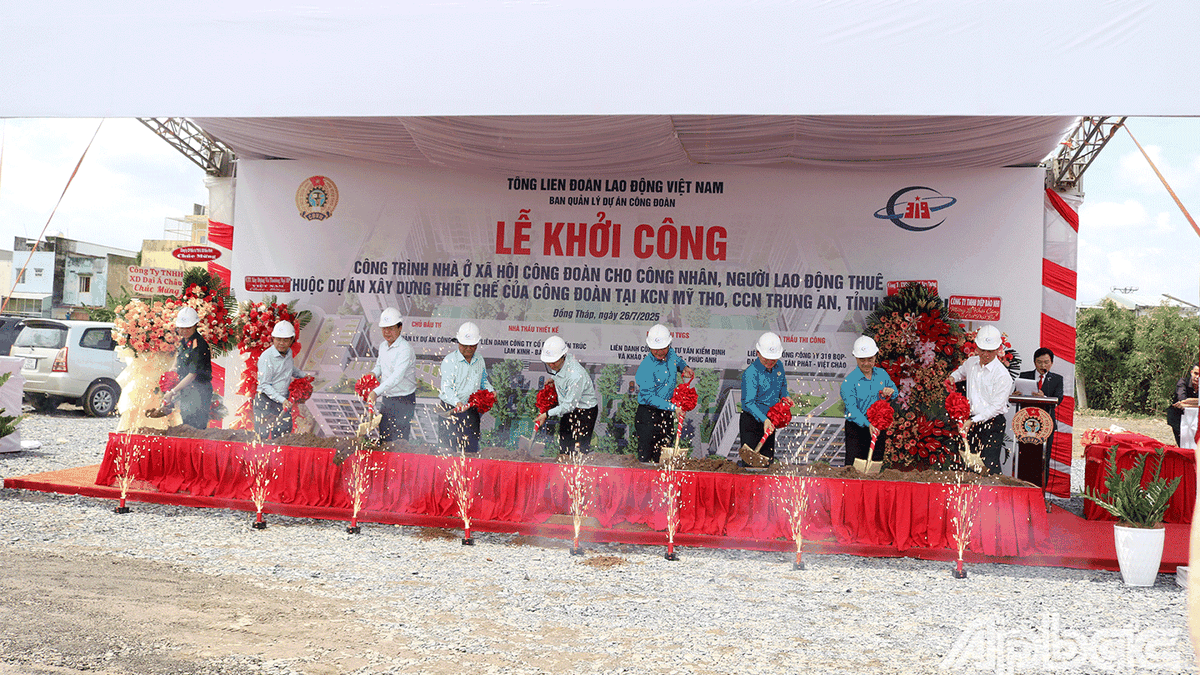


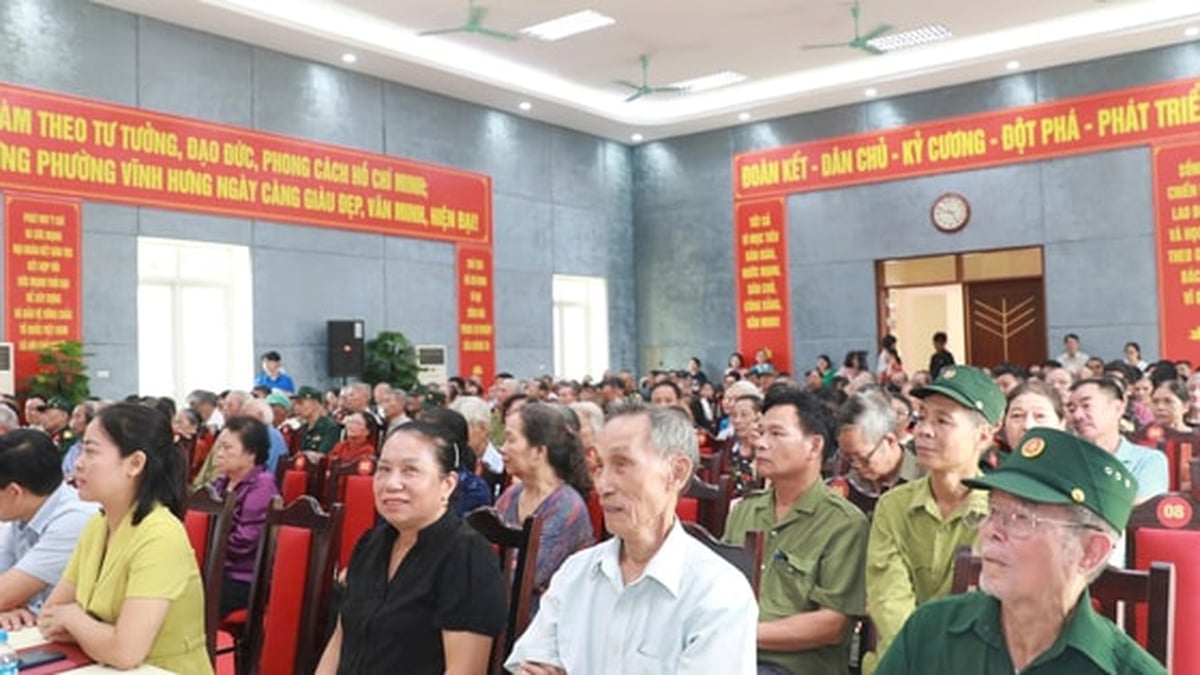



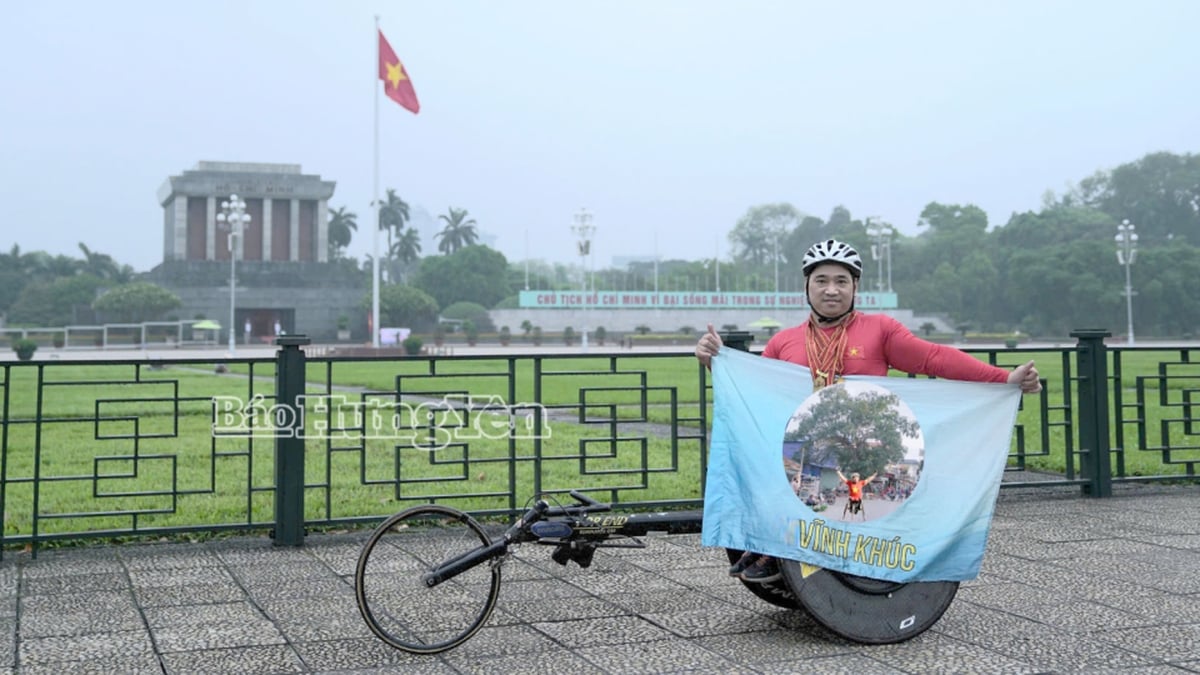












![[Photo] Signing of cooperation between ministries, branches and localities of Vietnam and Senegal](https://vphoto.vietnam.vn/thumb/1200x675/vietnam/resource/IMAGE/2025/7/24/6147c654b0ae4f2793188e982e272651)












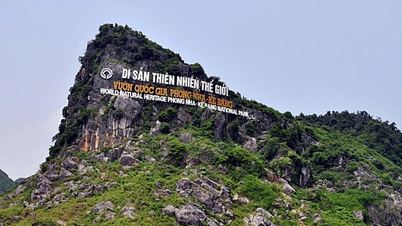



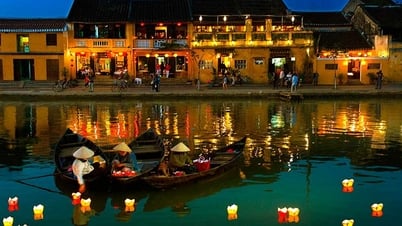







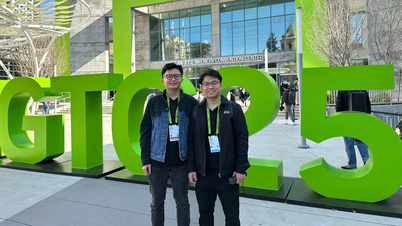













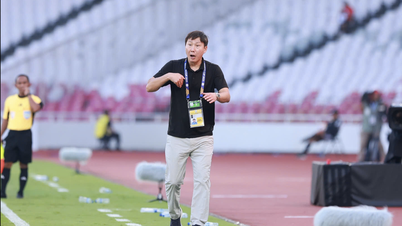





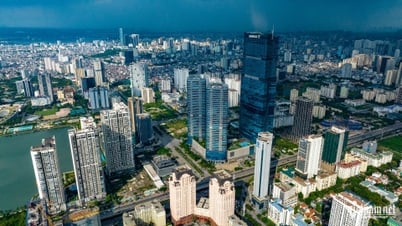
































Comment (0)